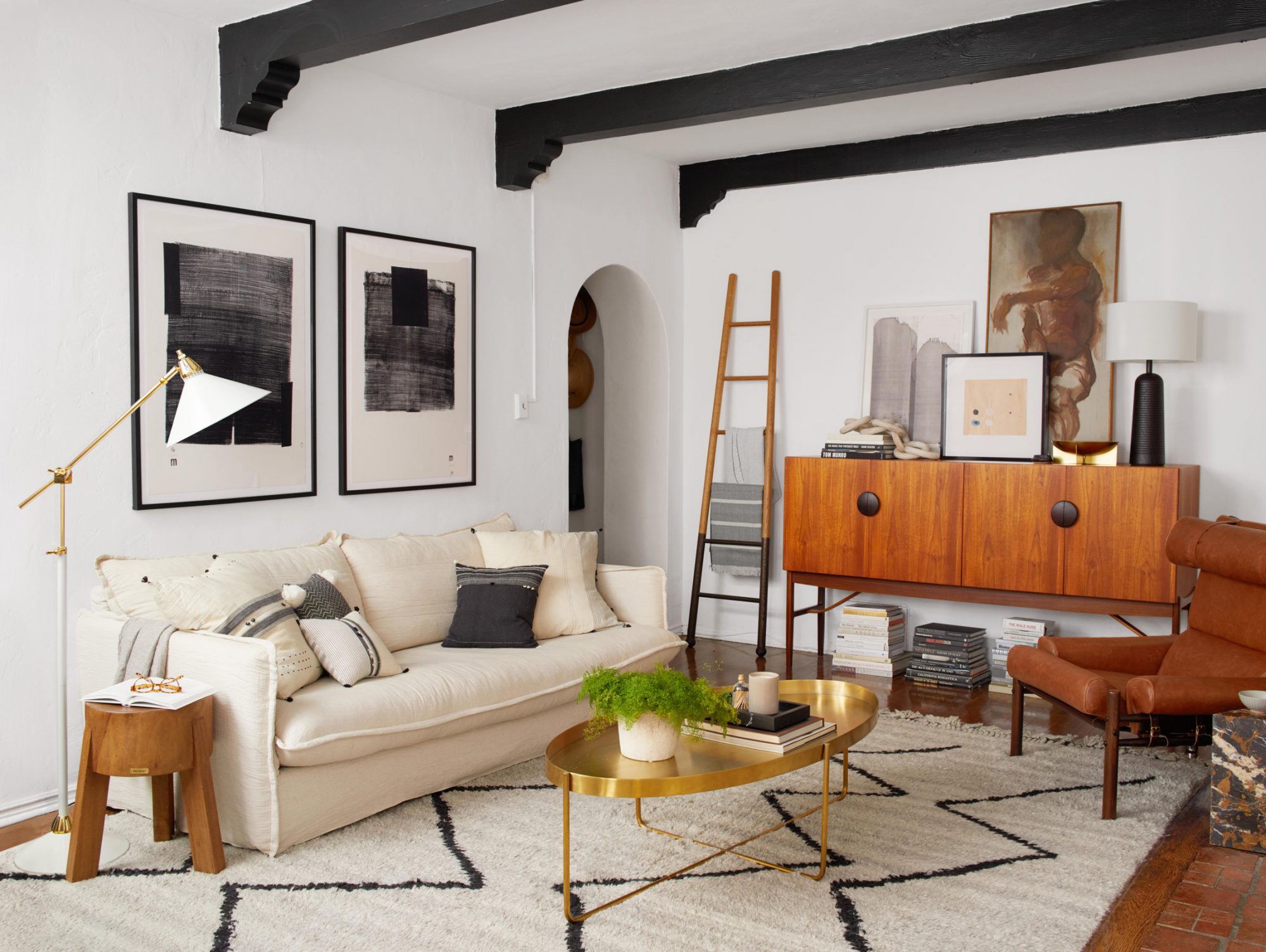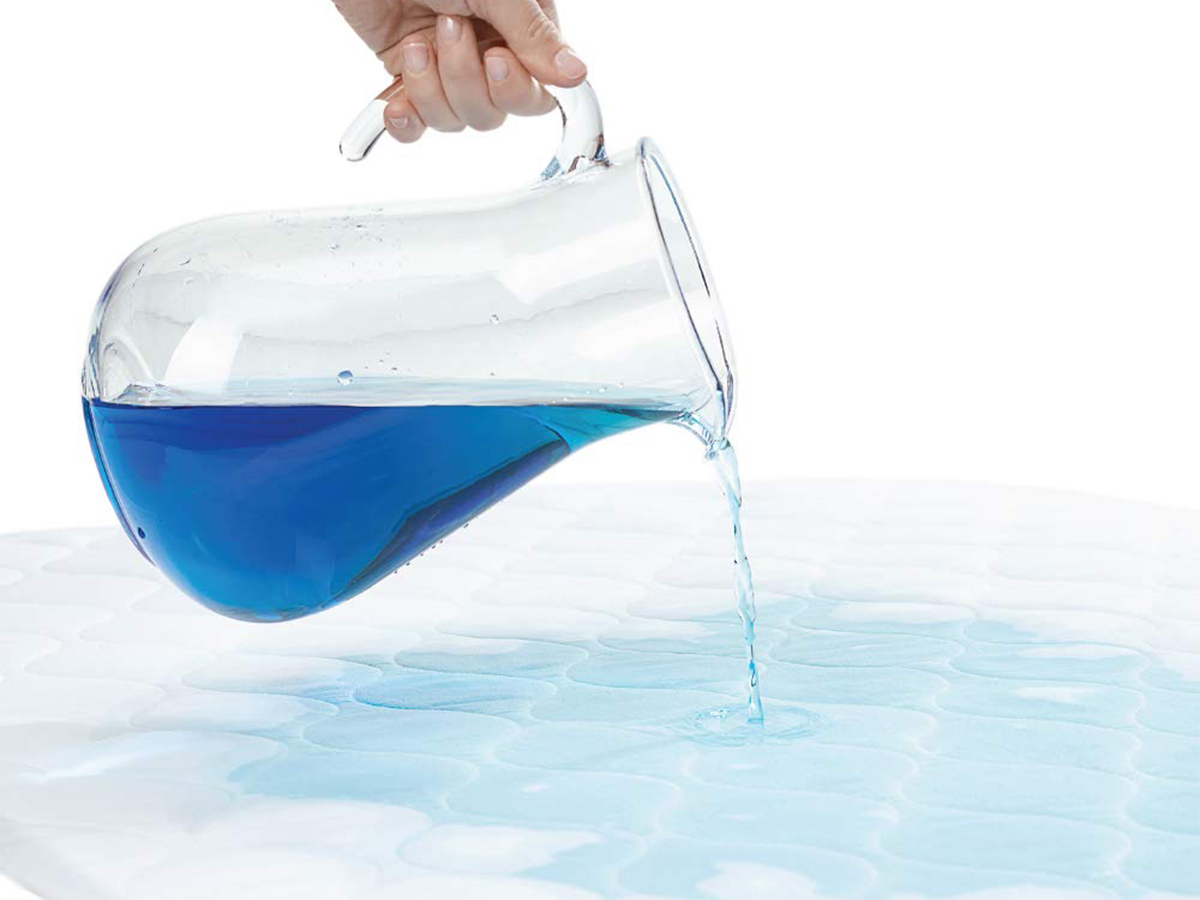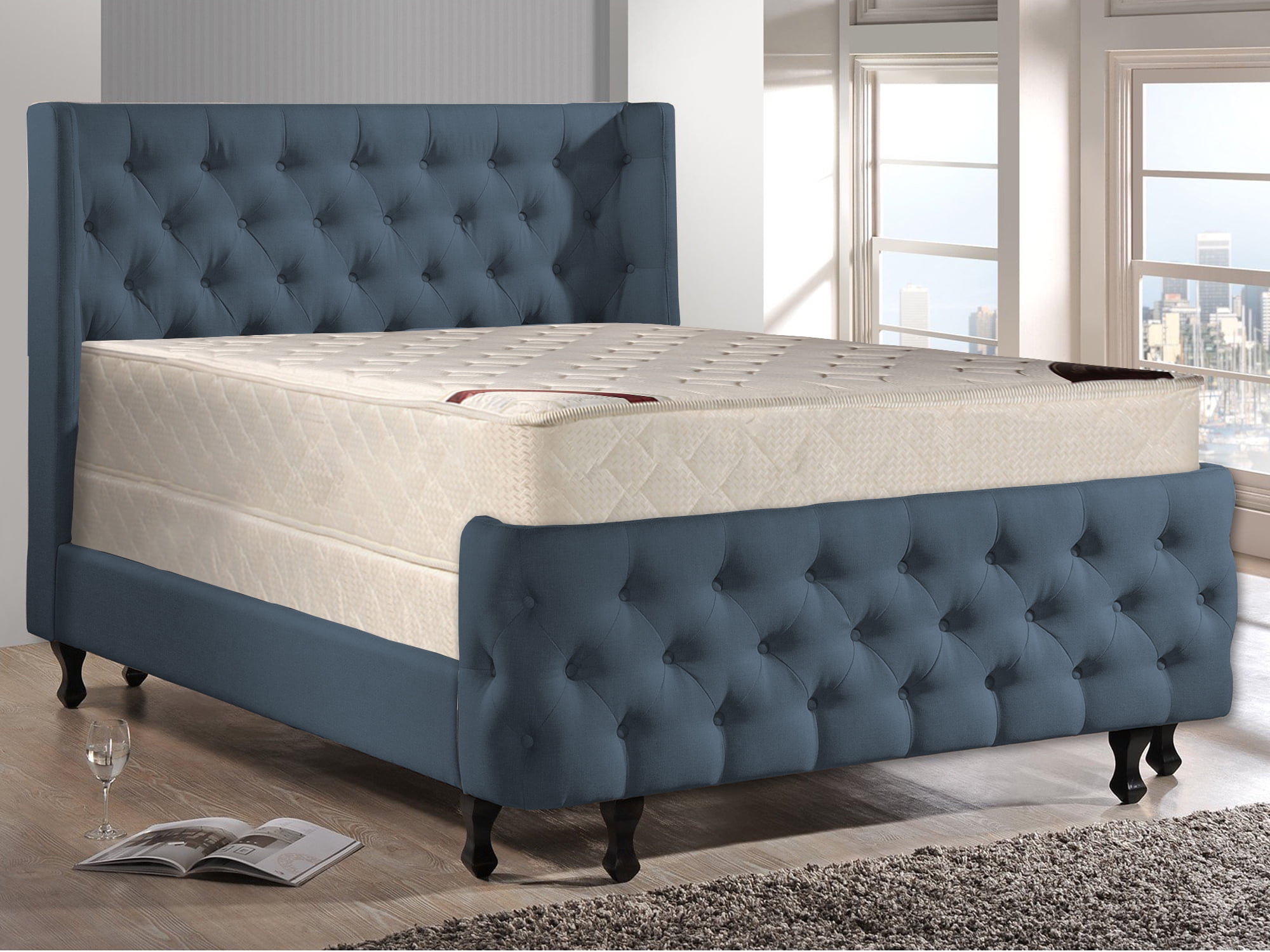Ways to Reduce Texture in Your Living Room
Texture is an important element in interior design as it adds depth and character to a space. However, too much texture in a living room can be overwhelming and make the space feel cluttered. If you feel like your living room has too much texture, here are some ways to reduce it and create a more balanced and visually appealing space.
Tips for Creating a Minimalist Living Room
Minimalism is all about simplicity and having a clutter-free space. If your living room is feeling too busy with different textures, consider adopting a minimalist design. Start by decluttering and only keeping the essential pieces of furniture and decor. Opt for sleek and streamlined furniture with clean lines instead of chunky and heavily textured pieces. This will help create a more cohesive and calm look in your living room.
How to Balance Texture in Your Living Room Design
Balancing texture is key when it comes to creating a well-designed living room. Instead of having too many textures competing for attention, try to have a mix of both smooth and textured surfaces. For instance, if you have a textured rug, balance it out with smooth and minimalistic furniture. Additionally, you can also use different textures in a similar color palette to create a cohesive and harmonious look.
Simple Ways to Add Texture to Your Living Room
If you feel like your living room lacks texture, there are simple ways to incorporate it without going overboard. One way is to add textured accent pieces such as throw pillows, blankets, or curtains. These small additions can add depth and interest to your living room without overwhelming it. You can also add texture through natural elements like plants, woven baskets, or a textured wall hanging.
The Dos and Don'ts of Mixing Textures in Your Living Room
Mixing textures in a living room can be tricky, but when done right, it can create a visually stunning space. The key is to find a balance and not go overboard with too many textures. Do mix textures in a similar color palette and stick to a maximum of three different textures. Don't mix too many bold and busy textures that will clash and create a chaotic look. Choose one dominant texture and complement it with two subtle ones for a harmonious mix.
How to Choose the Right Textures for Your Living Room
Choosing the right textures for your living room can make all the difference in the overall design. Start by considering the style and feel you want to achieve in your living room. For a cozy and warm atmosphere, opt for soft and plush textures like velvet and faux fur. If you want a more modern and sleek look, go for smooth and shiny textures like glass and metal. Additionally, consider the functionality of the texture and how it will fit in with your lifestyle. For example, if you have young children, avoid delicate and intricate textures that may get damaged easily.
Creative Ways to Incorporate Texture in Your Living Room Decor
Adding texture to your living room doesn't have to be limited to just furniture and fabrics. There are many creative ways to incorporate texture into your decor. Consider using textured wallpaper or a textured paint technique on an accent wall. You can also add texture through lighting by using a statement chandelier or a floor lamp with a unique texture. Another way is to mix and match different textures in your gallery wall, combining frames with different textures and finishes.
The Impact of Texture on Your Living Room's Atmosphere
Texture not only adds visual interest to a living room but also has an impact on the overall atmosphere of the space. For instance, a room with a lot of rough and organic textures like wood and stone can create a more rustic and earthy feel. On the other hand, a room with smooth and shiny textures like glass and metal can give off a more modern and luxurious vibe. Consider the mood and ambiance you want to create in your living room and choose textures accordingly.
How to Use Texture to Create a Cozy Living Room
Texture can play a significant role in creating a cozy and inviting living room. Start by layering different textures, like a plush rug, a chunky knit throw, and some textured pillows. This will add depth and warmth to the space. You can also use textures in your color scheme, opting for warm and soft tones like beige, cream, and brown. Additionally, incorporating natural elements like wood and plants can also add a cozy and natural feel to your living room.
Common Mistakes to Avoid When Adding Texture to Your Living Room
While texture can elevate the design of your living room, there are some common mistakes to avoid. Don't overdo it with too many bold and busy textures that can overwhelm the space. Also, avoid using similar textures in the same space, as it can create a flat and monotonous look. Additionally, don't forget to consider the functionality of the texture and how it will fit in with your lifestyle. And finally, don't be afraid to experiment and have fun with texture, as it can add personality and character to your living room.
Why Too Much Texture in the Living Room Can Be Overwhelming
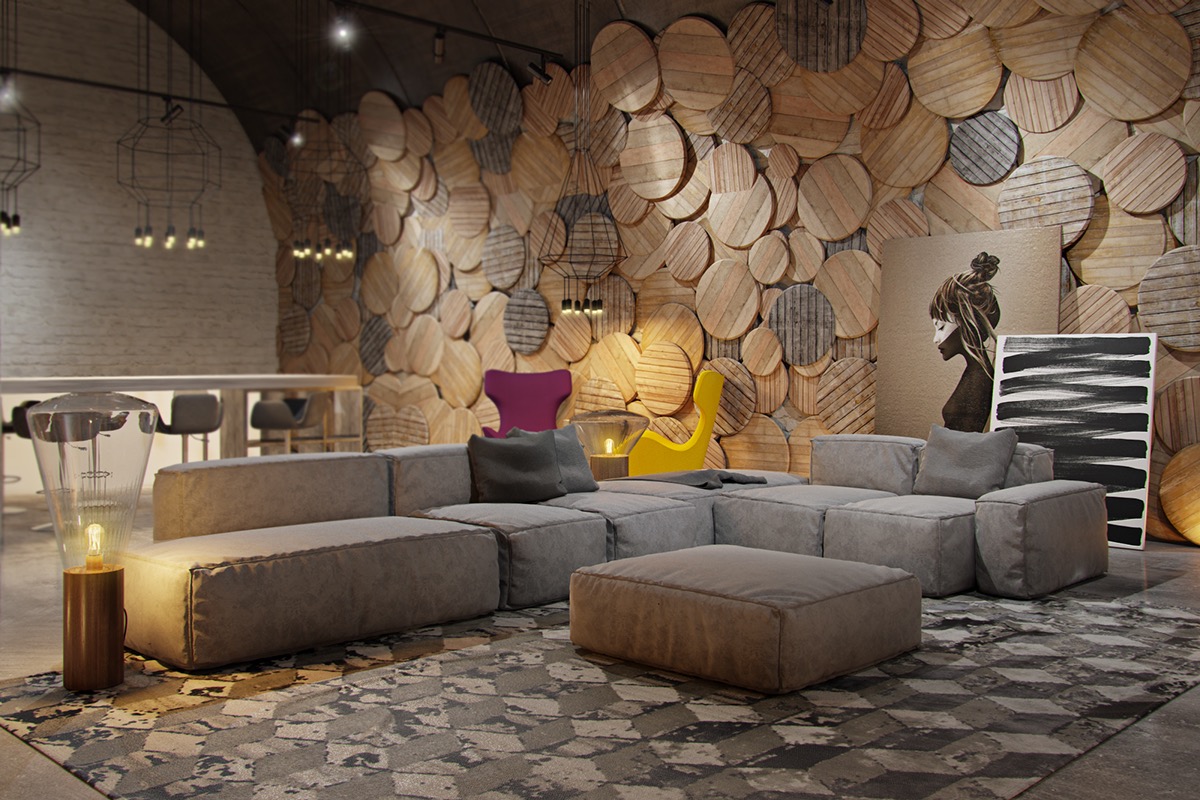
The Importance of Balance in Interior Design
 When it comes to designing a living room, there are many elements to consider – from the color scheme and furniture arrangement to the lighting and accessories. One key aspect that often gets overlooked is texture. Texture is a crucial design element that adds depth and dimension to a space. However, too much texture in a living room can quickly become overwhelming and diminish the overall aesthetic of the room. In this article, we will explore the potential downsides of having an overly textured living room and provide some tips for achieving a balanced and harmonious design.
When it comes to designing a living room, there are many elements to consider – from the color scheme and furniture arrangement to the lighting and accessories. One key aspect that often gets overlooked is texture. Texture is a crucial design element that adds depth and dimension to a space. However, too much texture in a living room can quickly become overwhelming and diminish the overall aesthetic of the room. In this article, we will explore the potential downsides of having an overly textured living room and provide some tips for achieving a balanced and harmonious design.
The Downsides of Too Much Texture
 While incorporating different textures in a living room can add visual interest and make the space feel cozy and inviting, it is essential to use them in moderation. Too much texture can create a cluttered and chaotic appearance, making the room feel busy and overwhelming. It can also make the space feel smaller and closed off, which is not desirable in a room where people gather and socialize. Additionally, an excessive amount of texture can make it challenging to focus on other design elements, such as furniture and artwork, resulting in a lack of cohesion in the room.
While incorporating different textures in a living room can add visual interest and make the space feel cozy and inviting, it is essential to use them in moderation. Too much texture can create a cluttered and chaotic appearance, making the room feel busy and overwhelming. It can also make the space feel smaller and closed off, which is not desirable in a room where people gather and socialize. Additionally, an excessive amount of texture can make it challenging to focus on other design elements, such as furniture and artwork, resulting in a lack of cohesion in the room.
Tips for Achieving Balance
 So, how do you strike the right balance when it comes to texture in your living room? The key is to use a variety of textures in moderation. Start by selecting a few dominant textures, such as a plush rug or a textured accent wall, and then incorporate smaller textured elements, such as throw pillows or a woven basket. It's also crucial to consider the other design elements in the room and ensure that they complement each other. For example, if you have a bold and textured wallpaper, opt for more subtle and smooth textures in your furniture and accessories to create a sense of balance.
So, how do you strike the right balance when it comes to texture in your living room? The key is to use a variety of textures in moderation. Start by selecting a few dominant textures, such as a plush rug or a textured accent wall, and then incorporate smaller textured elements, such as throw pillows or a woven basket. It's also crucial to consider the other design elements in the room and ensure that they complement each other. For example, if you have a bold and textured wallpaper, opt for more subtle and smooth textures in your furniture and accessories to create a sense of balance.
Final Thoughts
 Texture is a vital aspect of interior design, but too much of it in a living room can be overwhelming and take away from the overall aesthetic. By carefully selecting and balancing different textures, you can create a harmonious and inviting space that will be both visually appealing and functional. Remember to have a clear vision of the design you want to achieve and use texture as a tool to enhance it, rather than overpower it. With these tips in mind, you can create a beautifully textured living room that will be the perfect gathering place for family and friends.
Texture is a vital aspect of interior design, but too much of it in a living room can be overwhelming and take away from the overall aesthetic. By carefully selecting and balancing different textures, you can create a harmonious and inviting space that will be both visually appealing and functional. Remember to have a clear vision of the design you want to achieve and use texture as a tool to enhance it, rather than overpower it. With these tips in mind, you can create a beautifully textured living room that will be the perfect gathering place for family and friends.
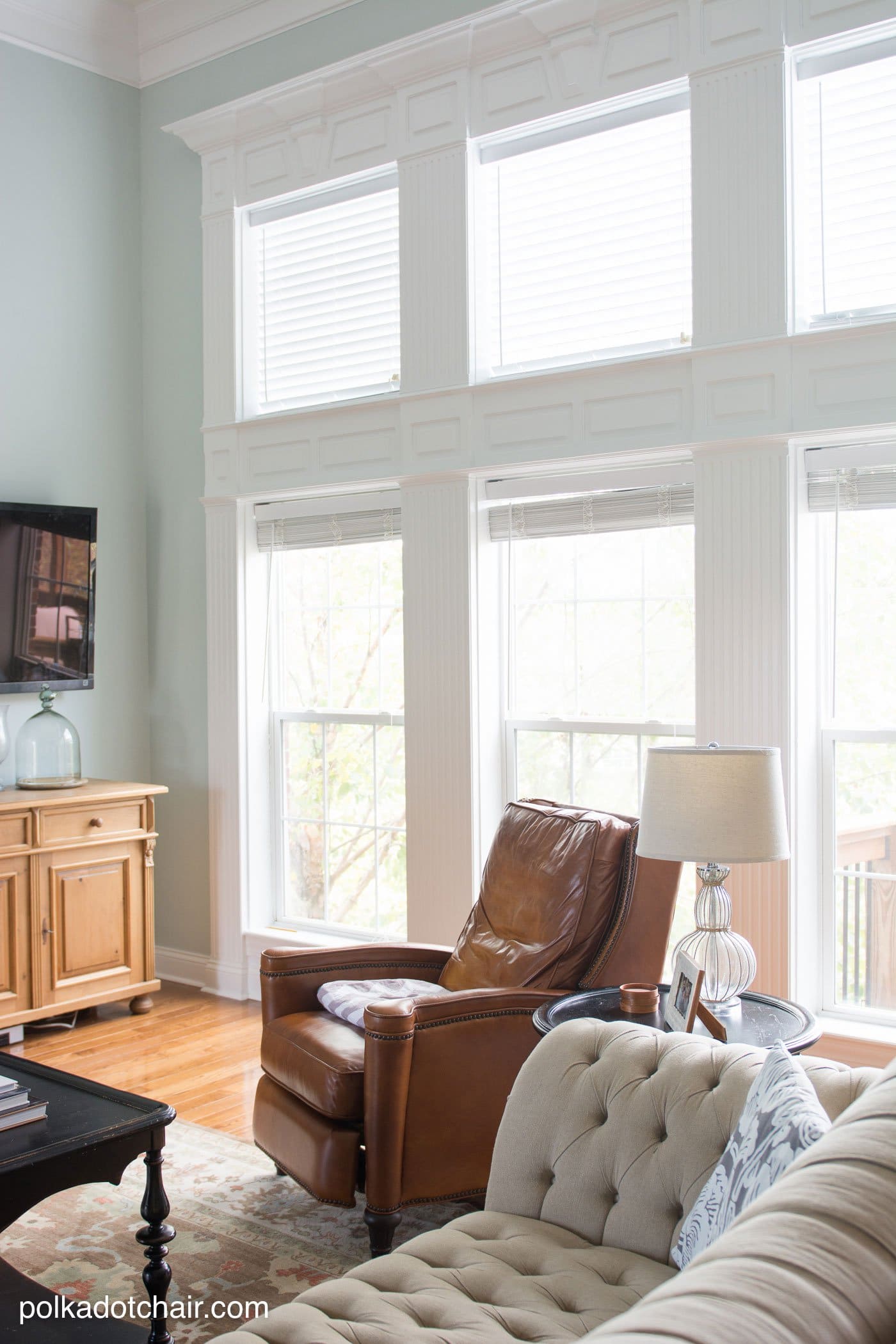
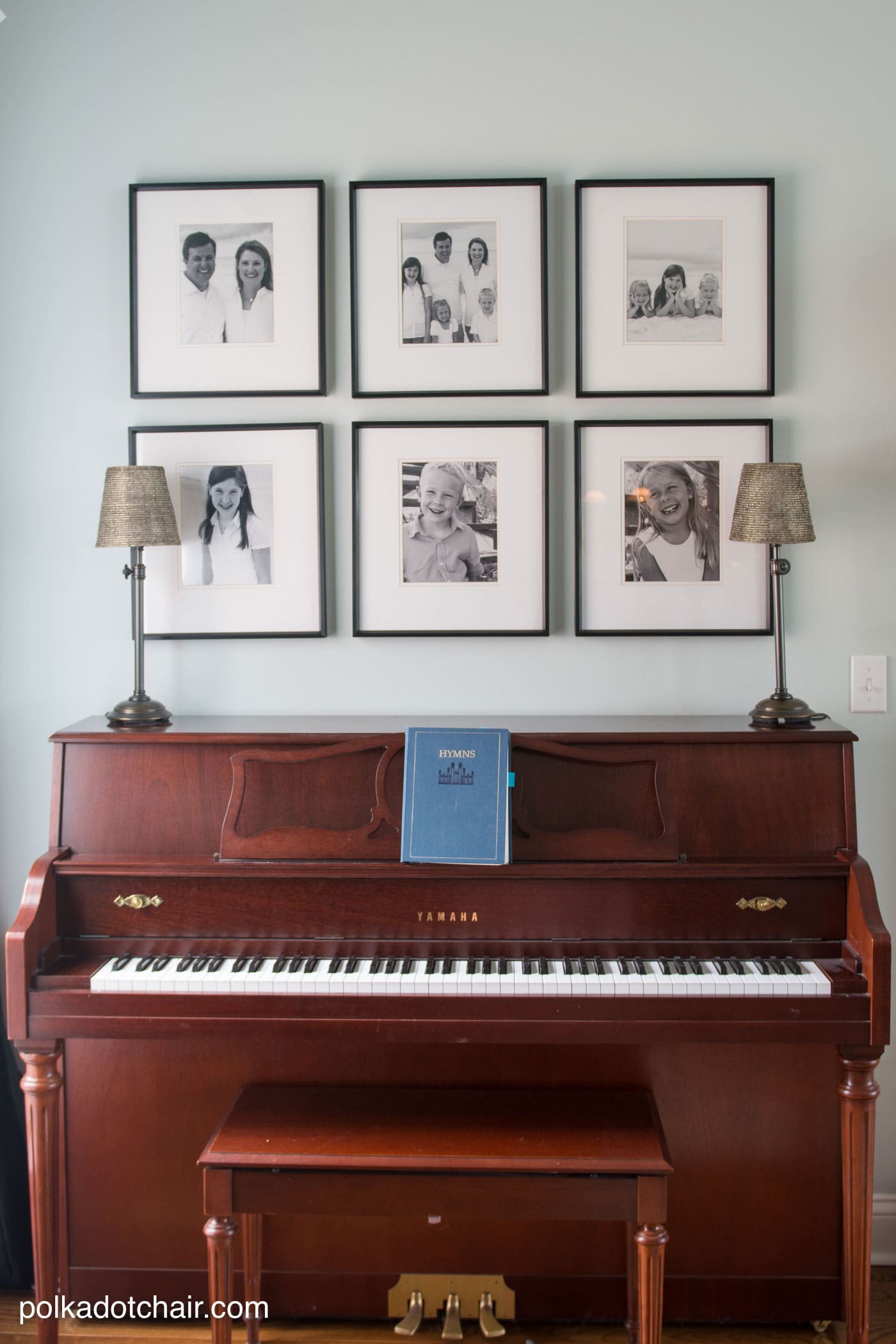

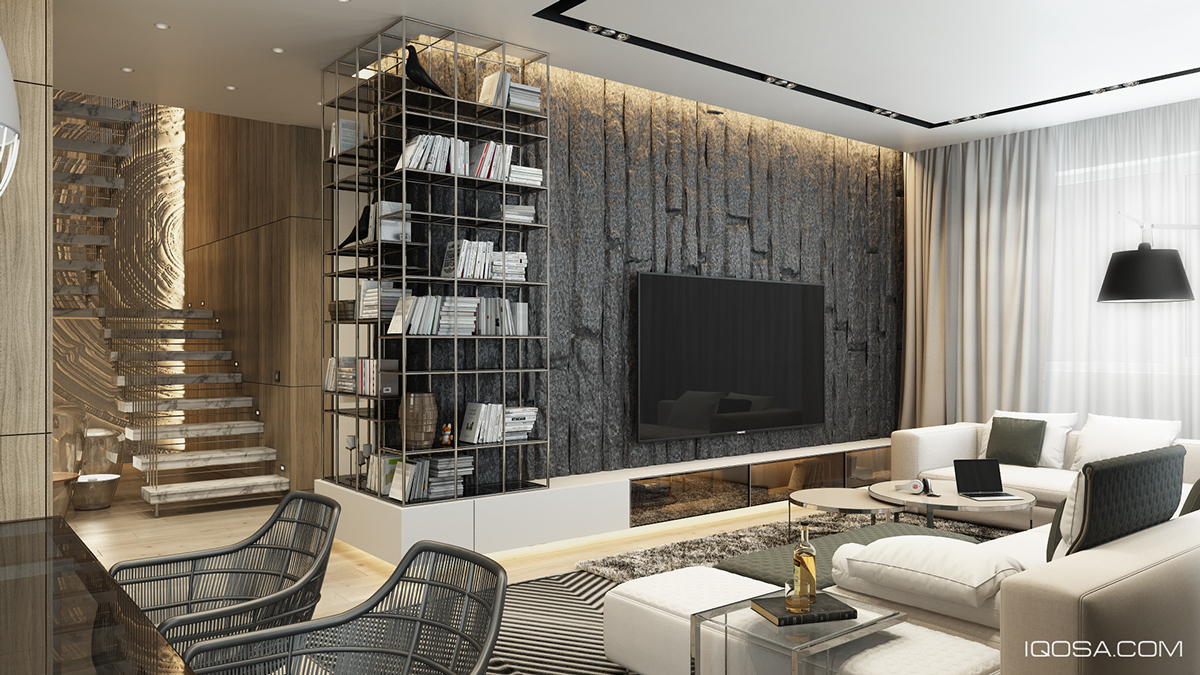

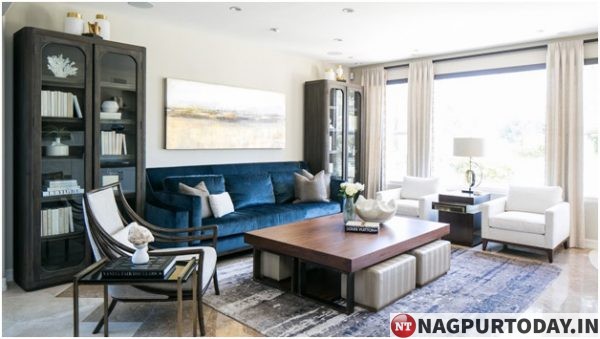



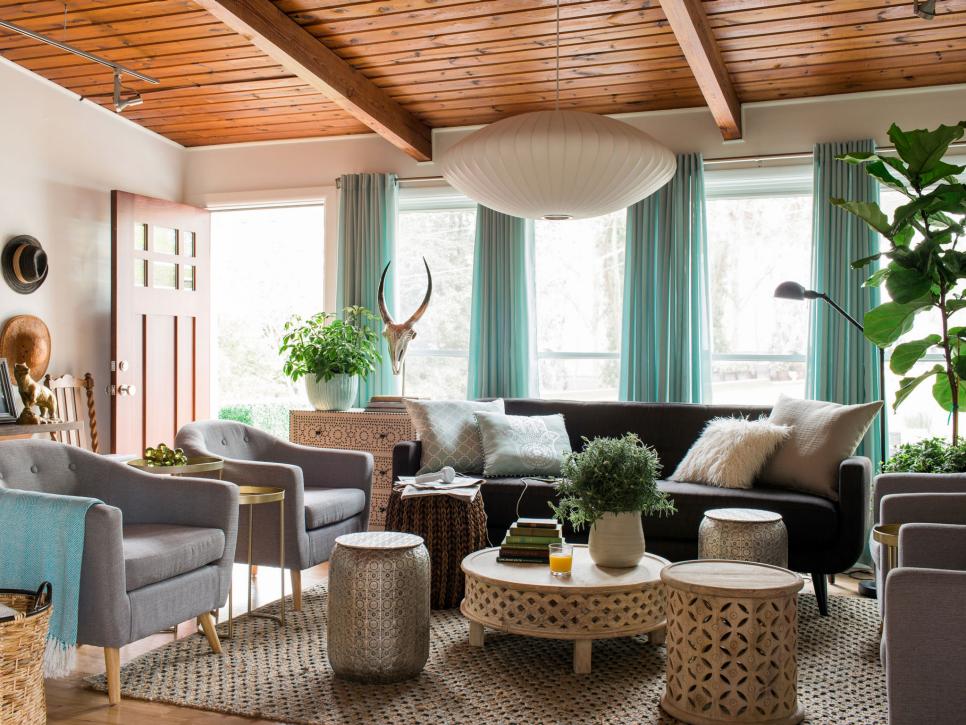


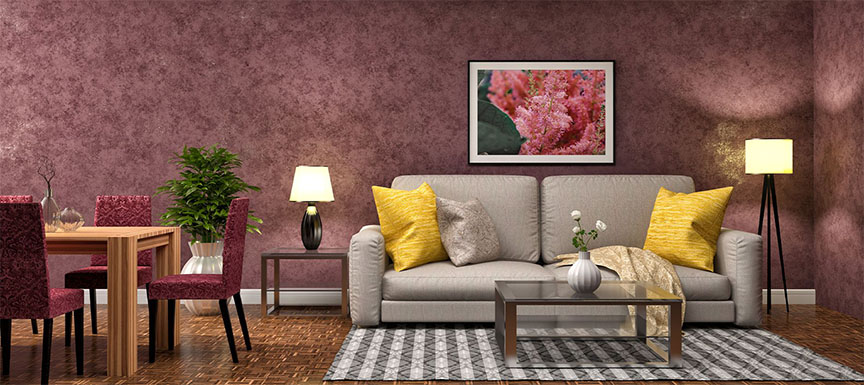

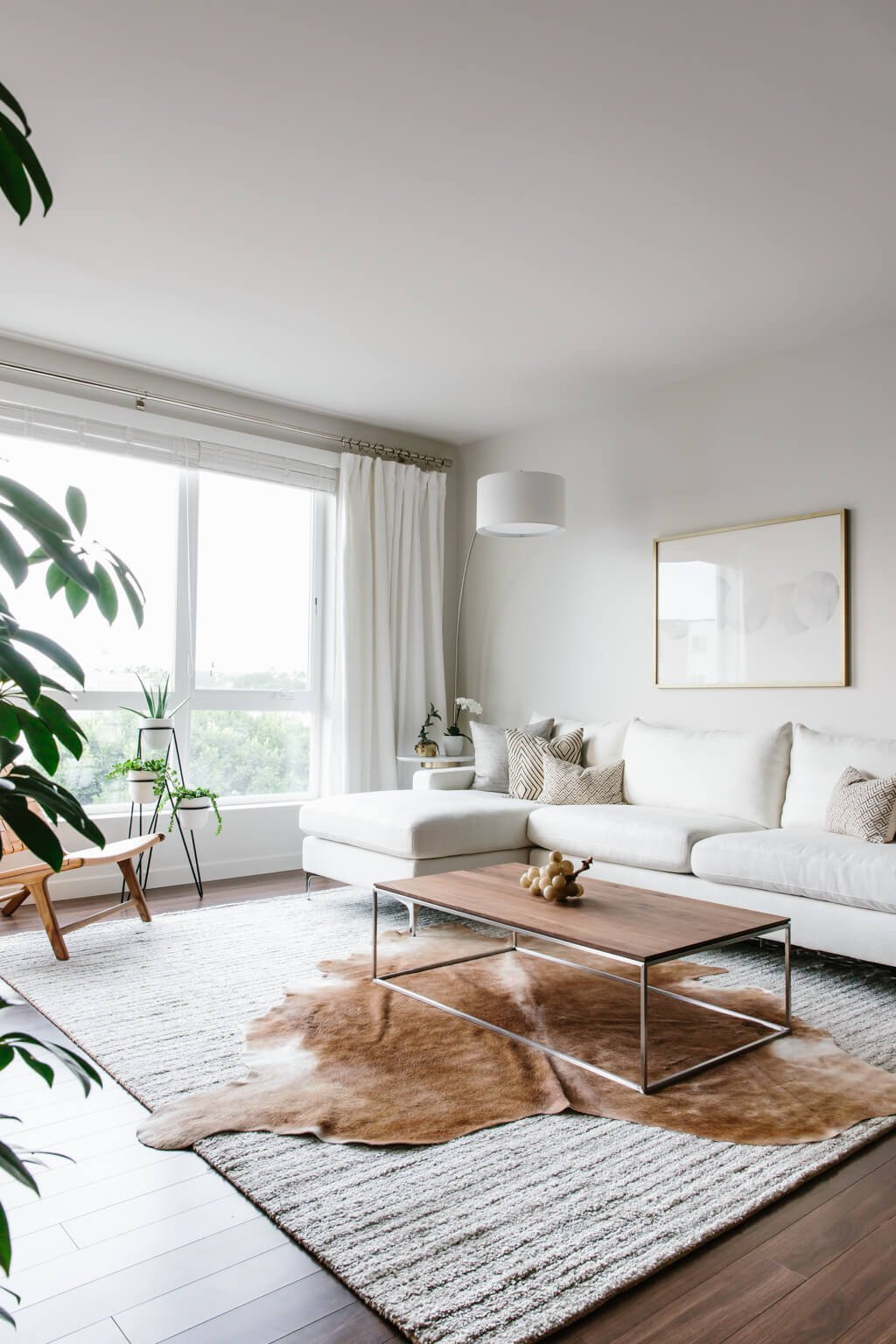

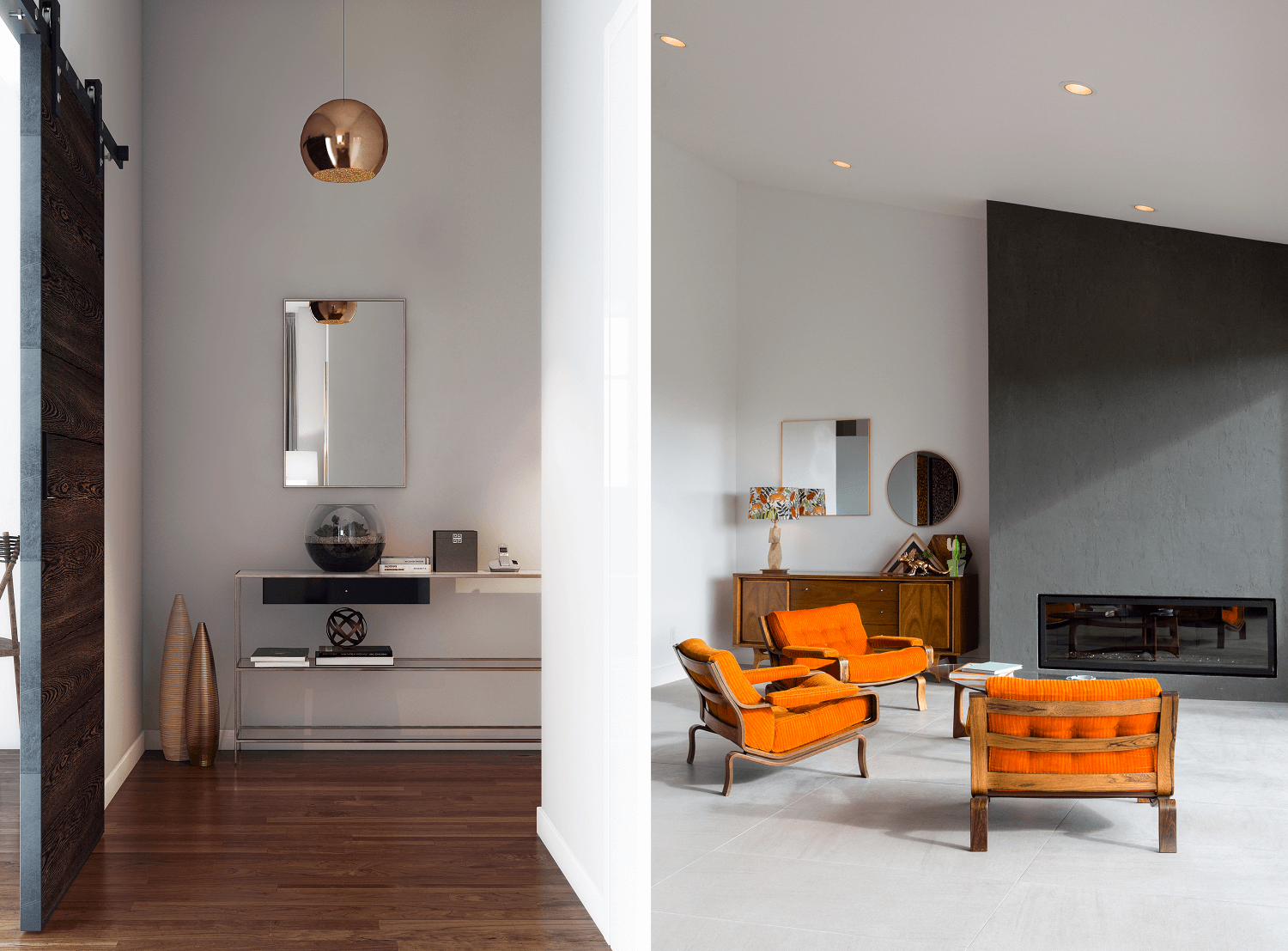
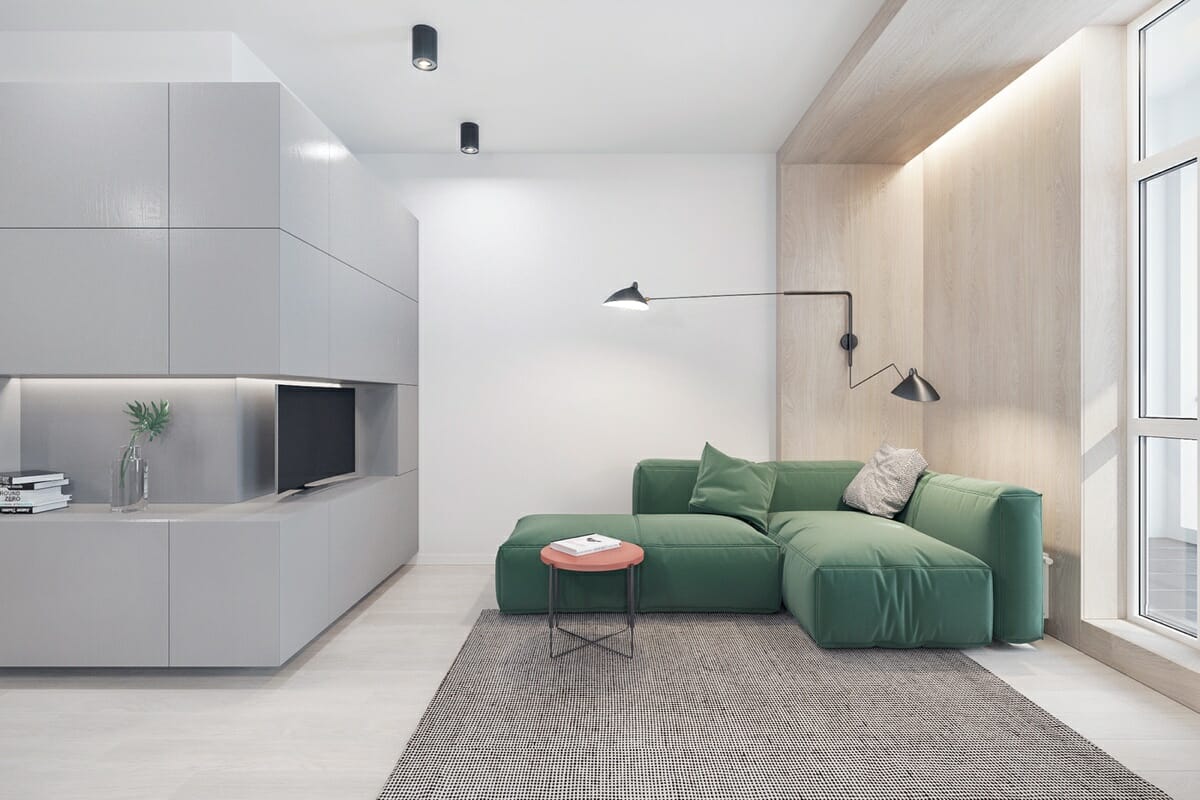

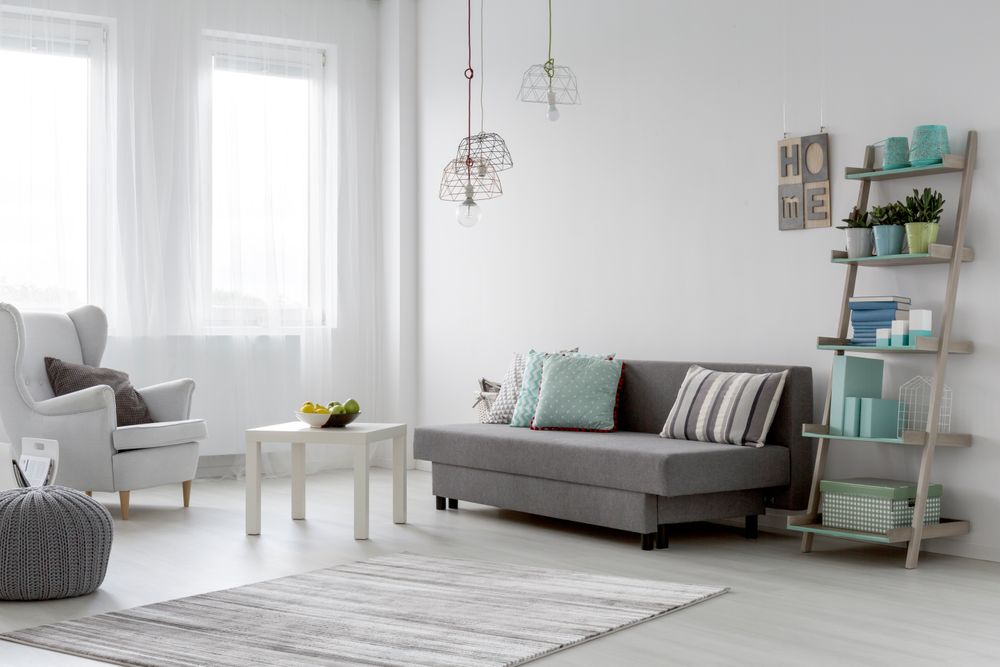
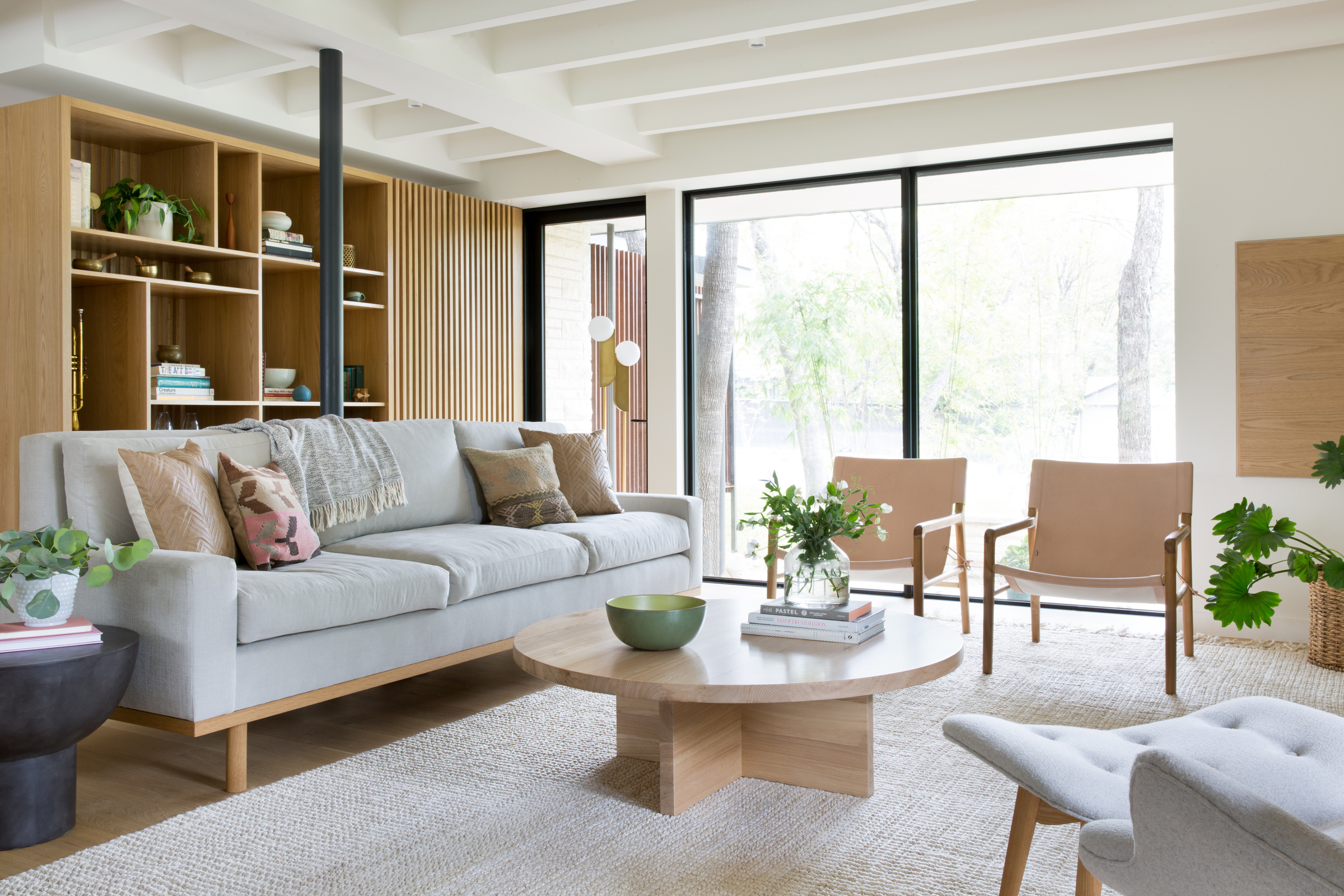
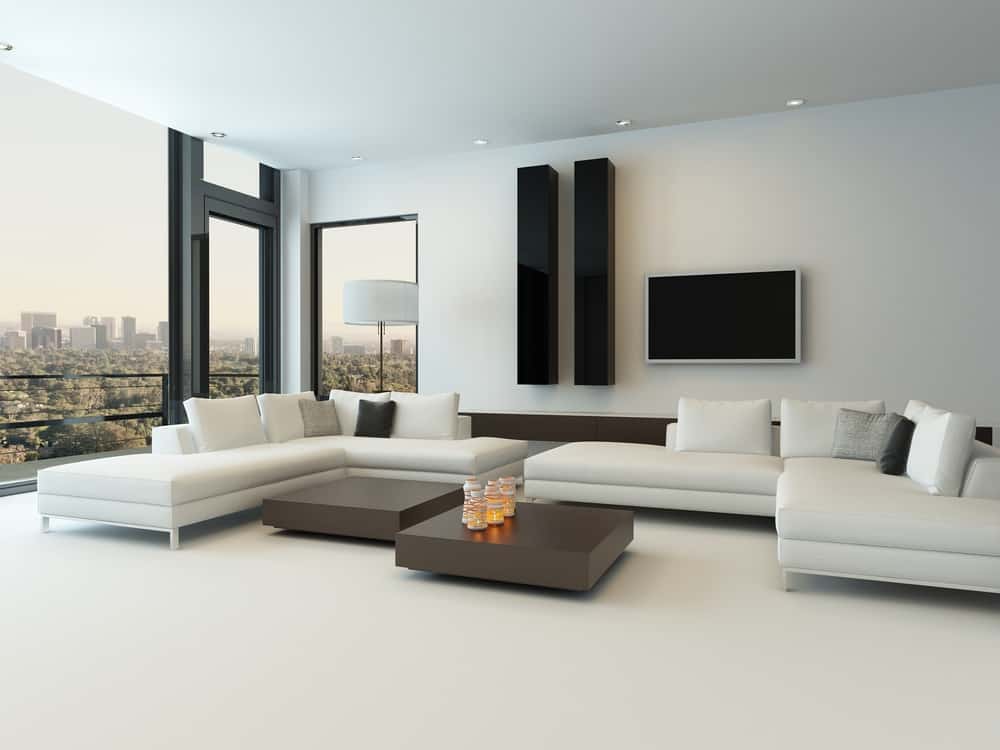
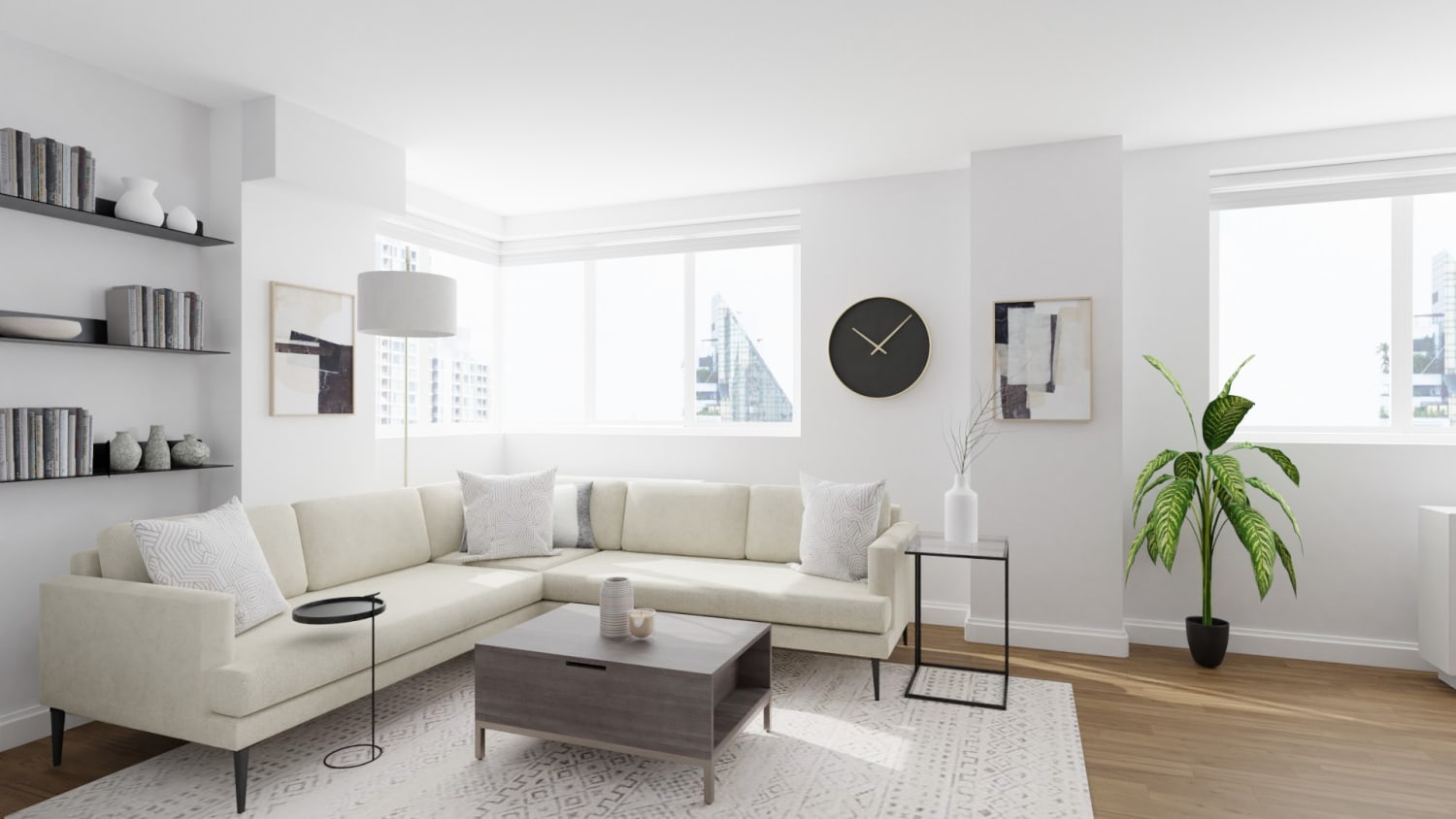
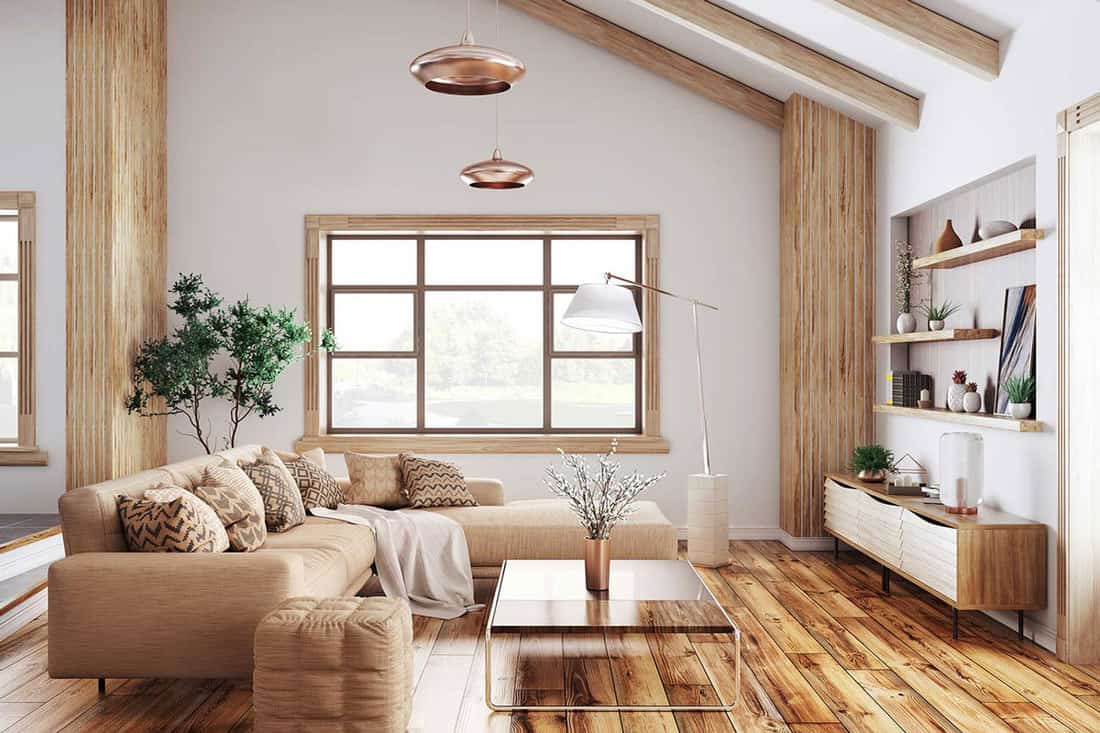







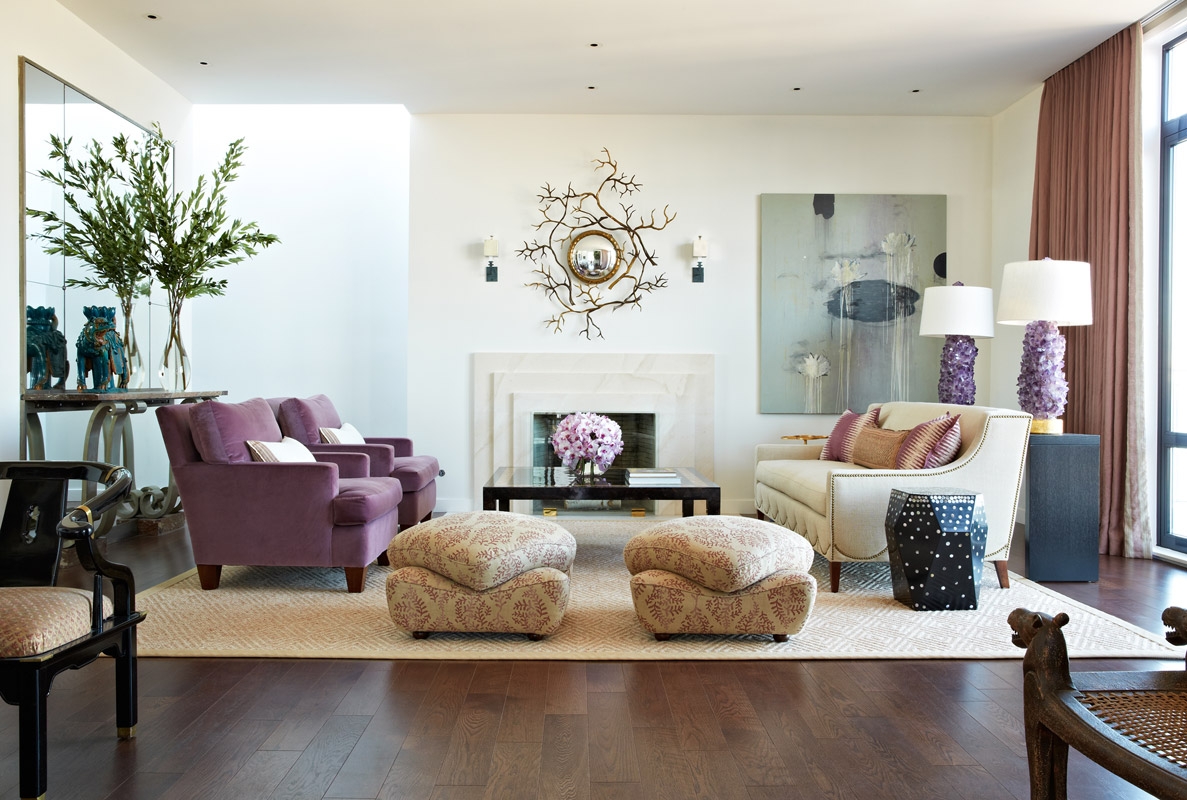





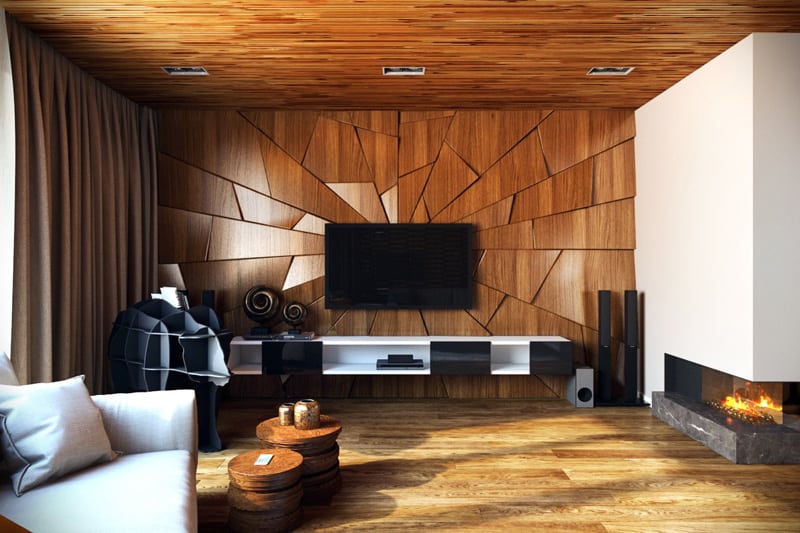

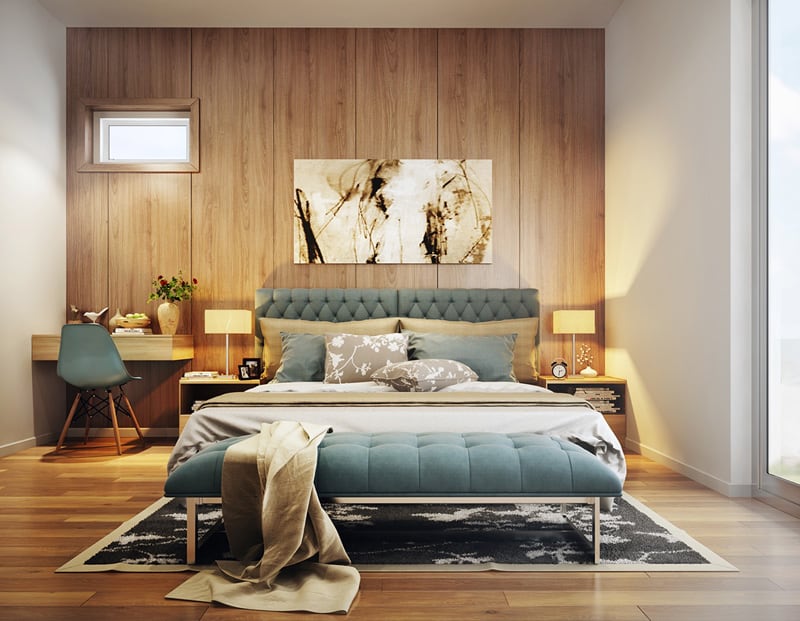
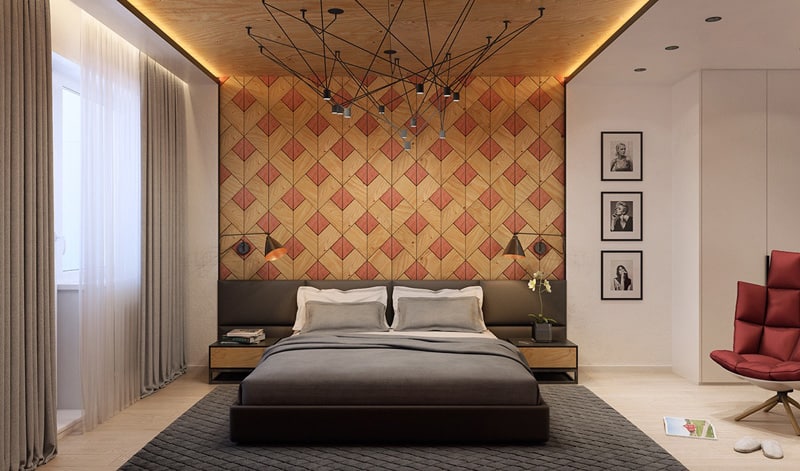








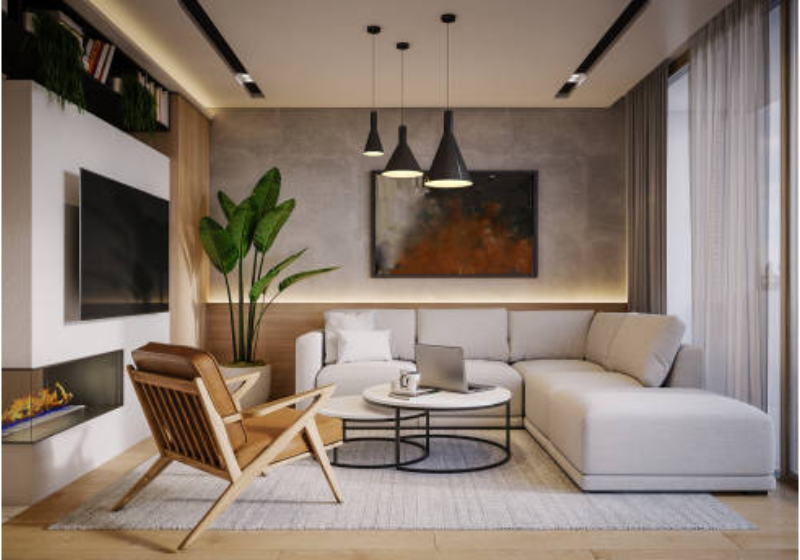









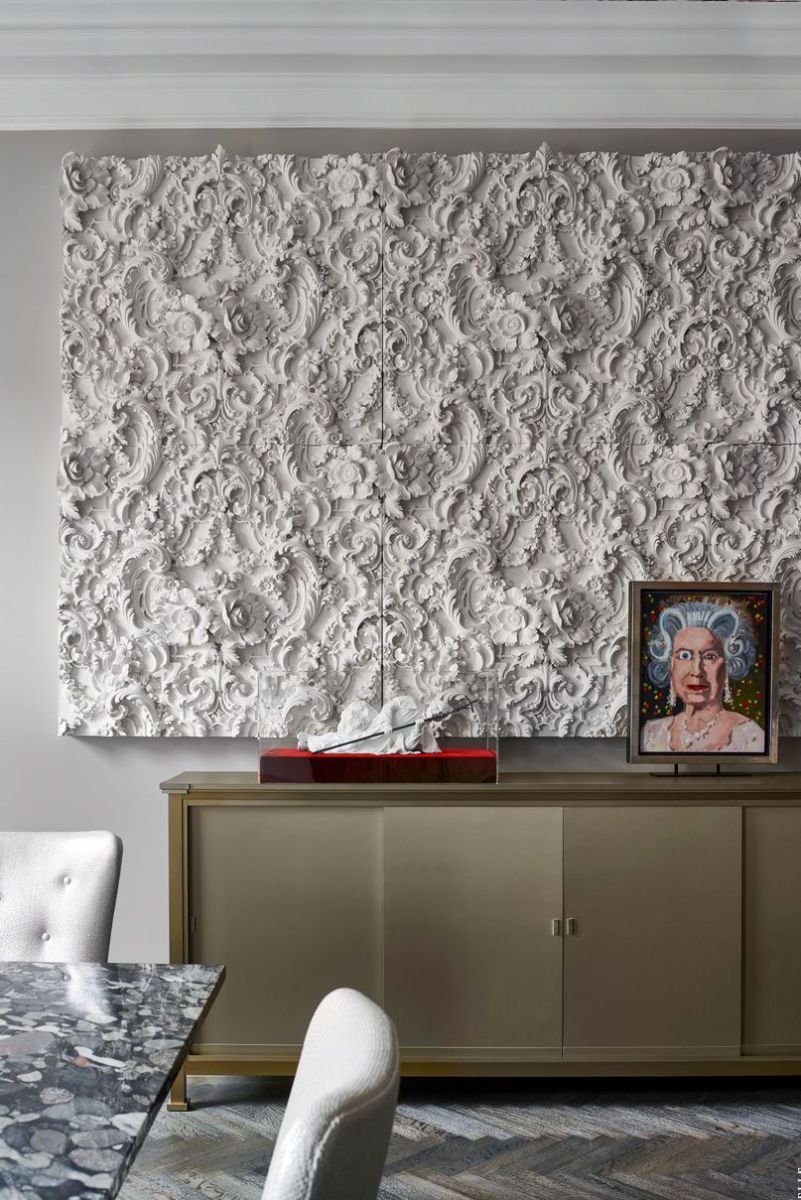

:max_bytes(150000):strip_icc()/BlackandBlooms_Bohemianlivingroom-3bba1534fe894d27bef654790f38f5b2.jpeg)



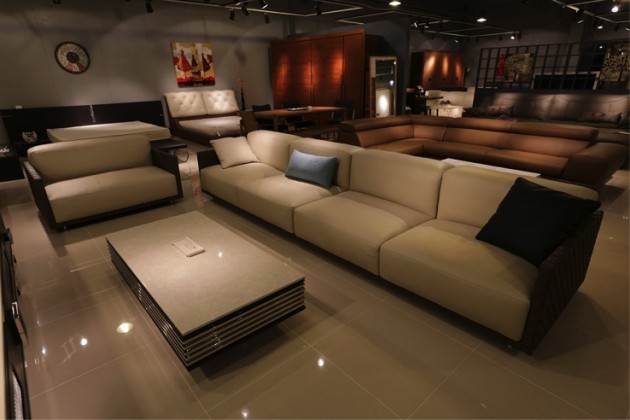



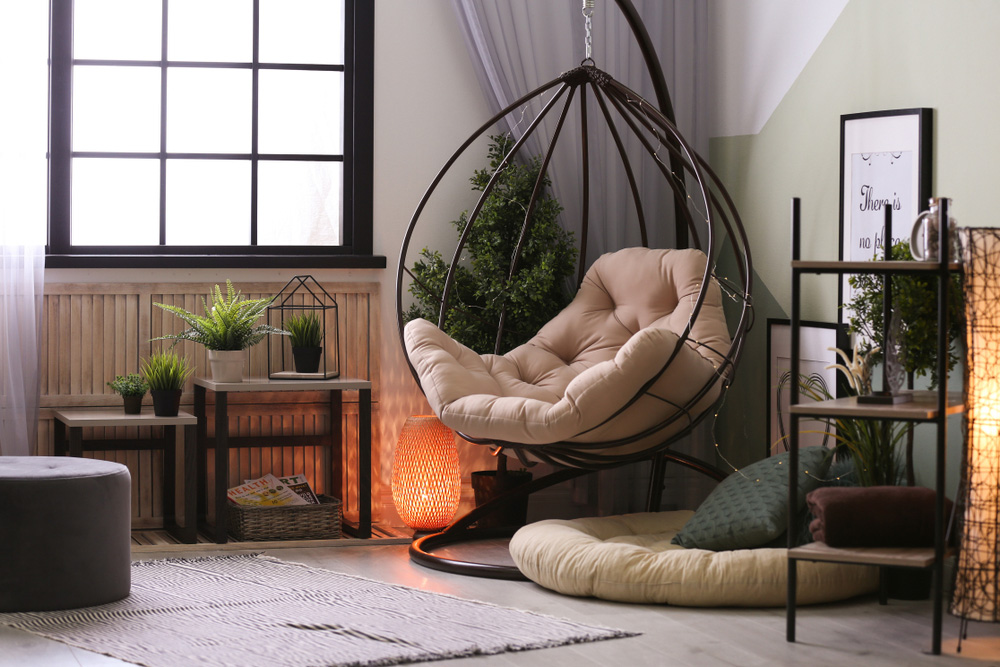


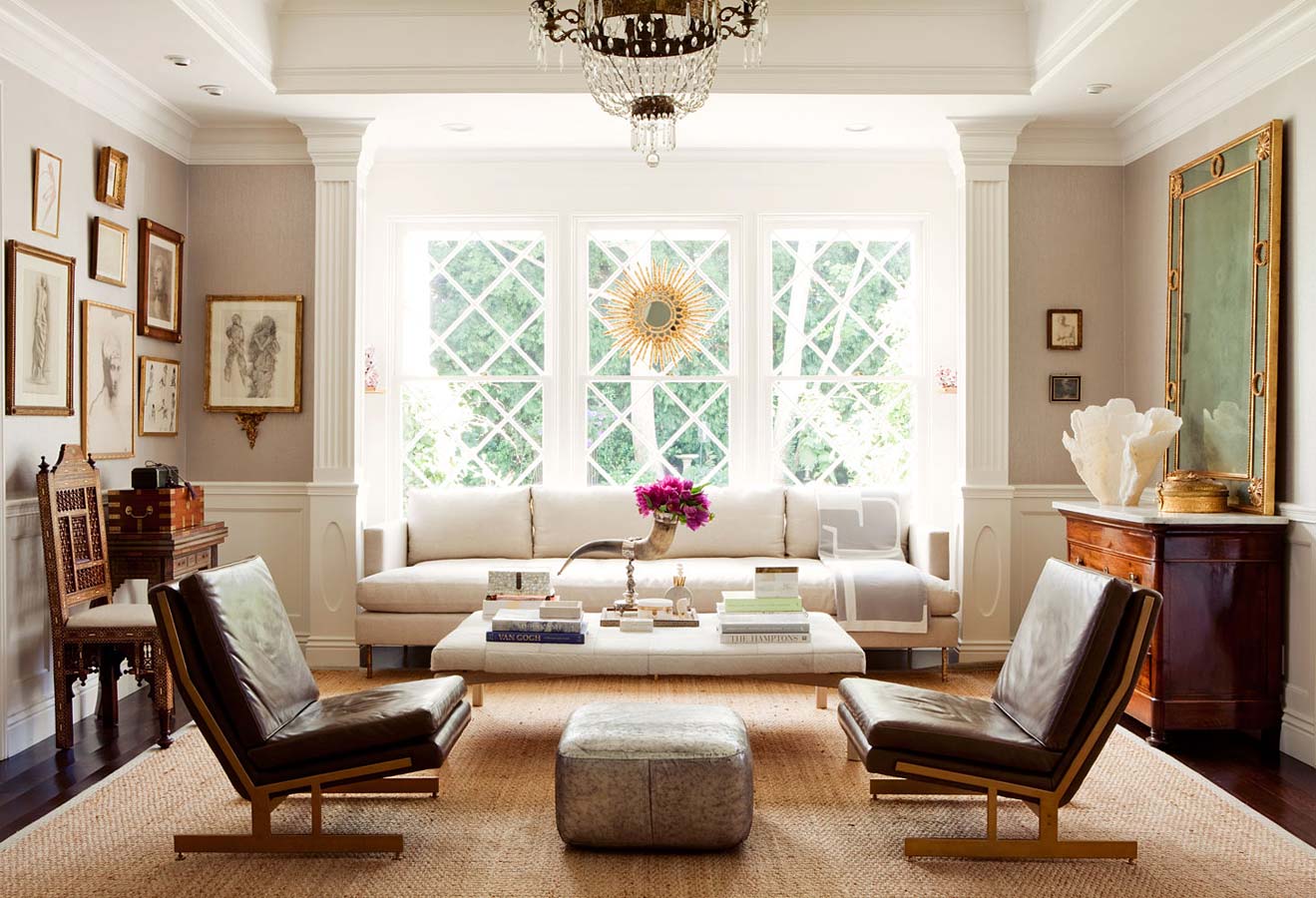


:strip_icc()/103248739-975b8520d15043afb7d8181972e0388b.jpg)






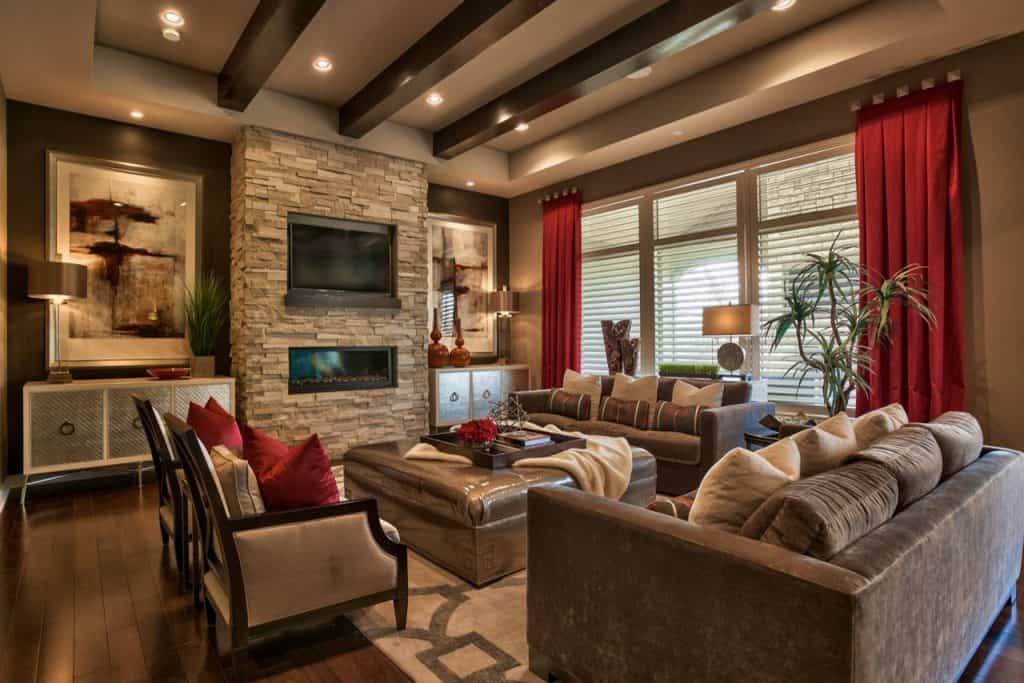
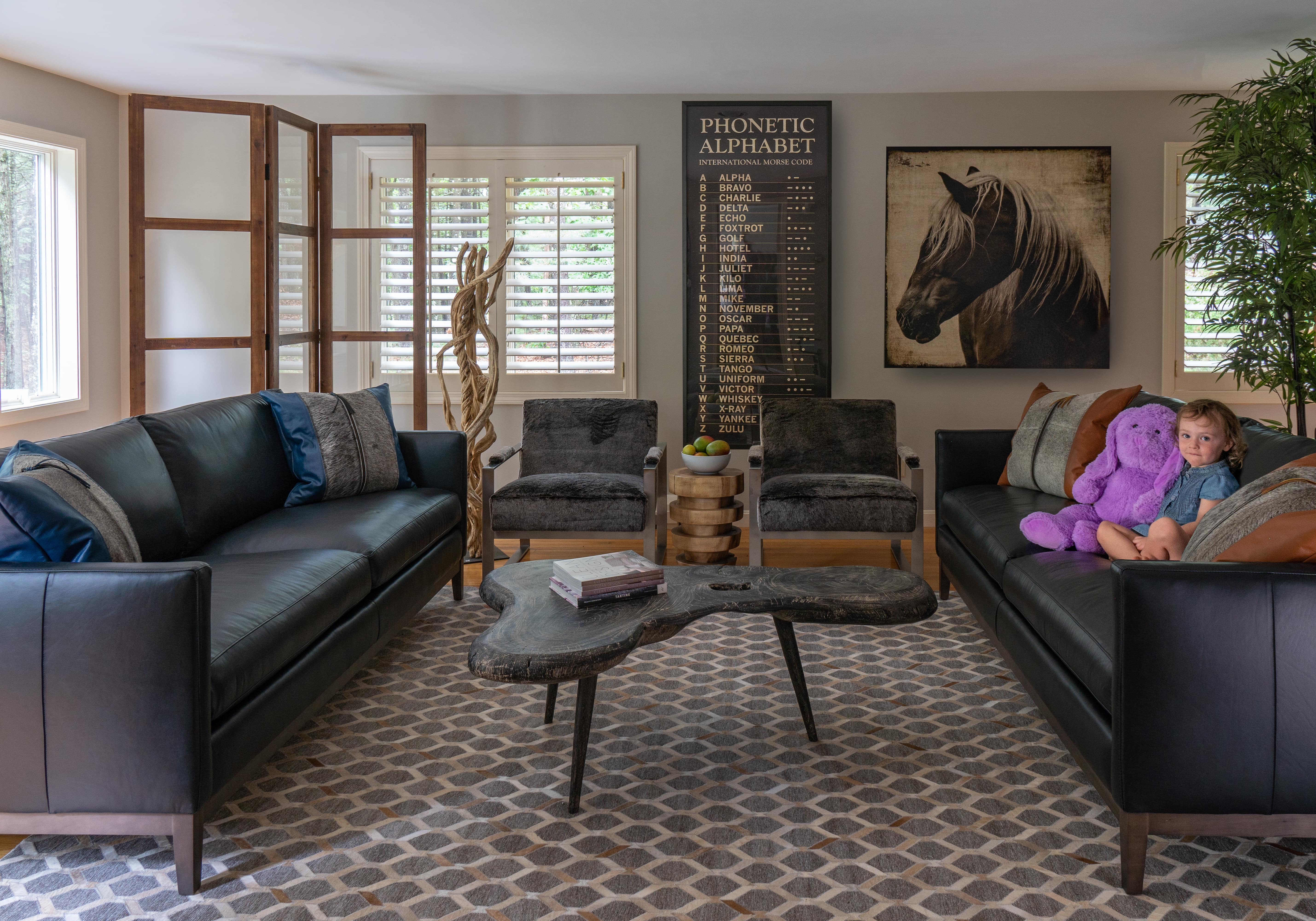

:max_bytes(150000):strip_icc()/Warm-and-cozy-living-room-Amy-Youngblood-589f82173df78c47587b80b6.png)




